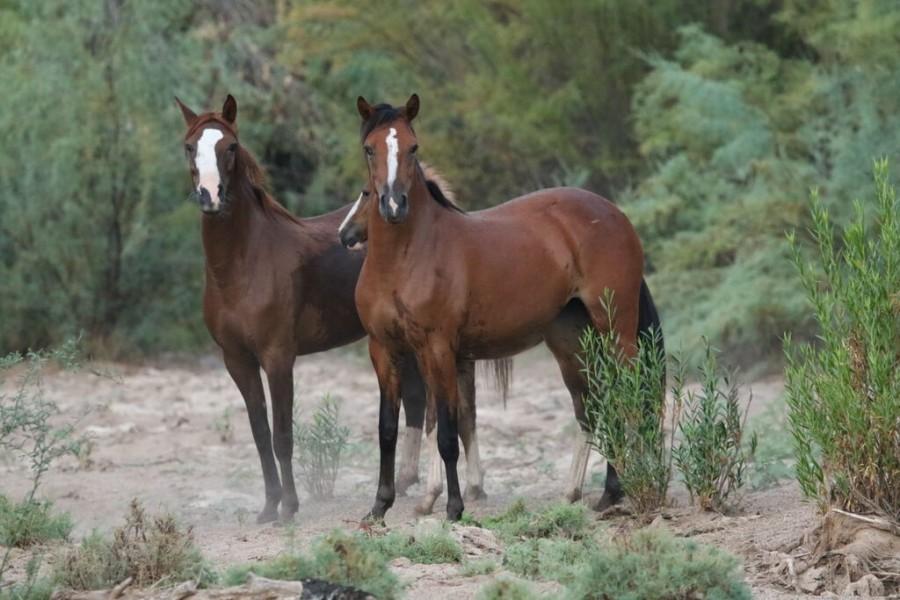On Monday, the Bureau of Land Management began removing approximately 1,000 wild burros over a scheduled eight-week period, near Kingman, Ariz.
According to a story published Jan. 1 by KTAR.com, Alex Weiner reports the BLM estimates the burro population in the Black Mountain Herd Management Area west of Kingman to be 1,925 animals, over three times as large as biologist claim is suitable for the area.
A BLM press release dated Dec. 20 points to several factors, including herd and rangeland health, along with impacting wildlife habitat and roadway safety, as issues which have necessitated the removal process.
According to the press release, the burros will be transported to the BLM Wild Horse and Burro facilities located in Florence, Ariz. or Ridgecrest, Calif. for adoption or sale.
Some of the same considerations are being applied to the herd of horses roaming wild near the lower Salt River in the Tonto National Forest east of Mesa, Ariz.
Much larger than burros and also lacking natural predators, the Salt River horses coexist with natural wildlife and vegetation as well as visiting humans among the recreation areas along the waterway.
Like the burros near Kingman, the Salt River horses occupy an area called the Salt River Horses Management Area.
The U.S. Forest Service describes it as around 19,665 acres within the “Goldfield and Bulldog zones on both sides of the lower Salt River” in what is known as the Mesa Ranger District.
According to the Tonto National Forest Land Management Plan, which was revised and signed on Dec. 8, 2023, the Arizona Department of Agriculture has been called upon by the Forest Service to manage the herd.
The plan specifies that “other uses are not negatively impacted by the Salt River Horse herd” and “user conflicts and public health and safety issues are infrequent.”
It also addresses habitat issues—calling for healthy and diverse plants and wildlife, as well as acceptable soil conditions, all of which can be affected by the grazing and movement of the horses.
According to the Arizona Department of Agriculture’s Salt River horse management plan, the current herd size is approximately 450 animals, but AZDA recommends that the number of animals be reduced to a total of 100-200 head. The plan calls for the use of birth control and natural attrition to reduce the herd size over a 10-year period, rather than gathering and removing animals like the BLM in the Black Mountain Herd Management Area.
According to the website of the Salt River Wild Horse Management Group, a non-government organization working with the AZDA to manage the herd, an immuno-contraception drug called Porcine Zona Pelucida (PZP) is used for birth control purposes.
Representatives from neither the U.S. Forest Service nor AZDA were able to accommodate Northeast Valley News’ request for an interview at time of publishing, so details behind the decision to shrink the herd and the effectiveness of AZDA’a efforts are currently unknown.








